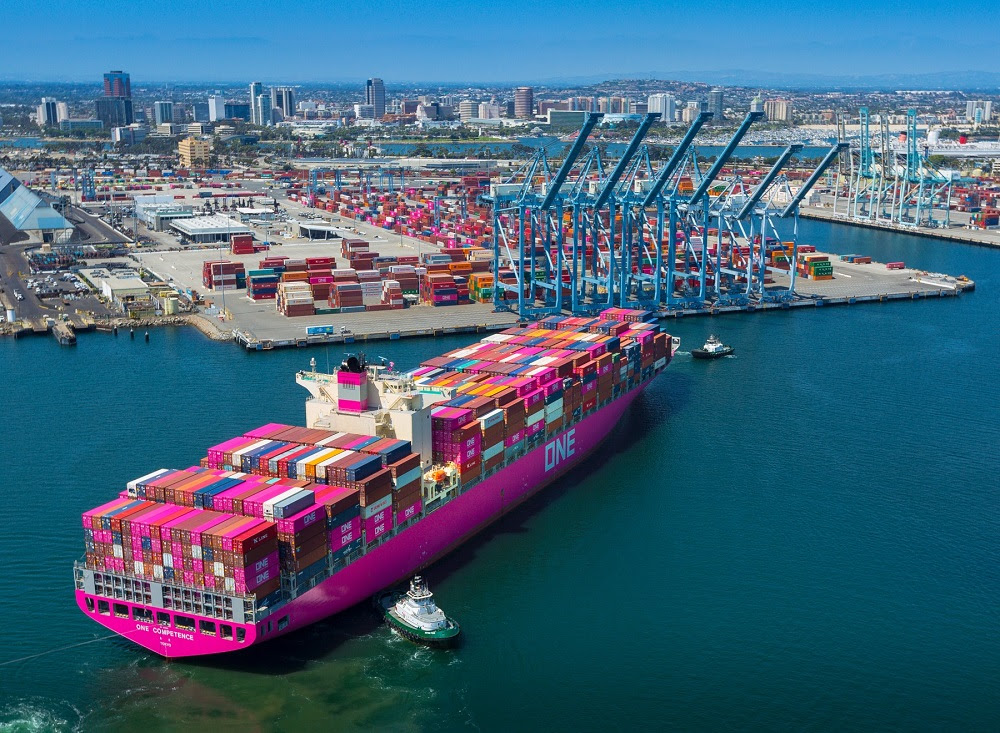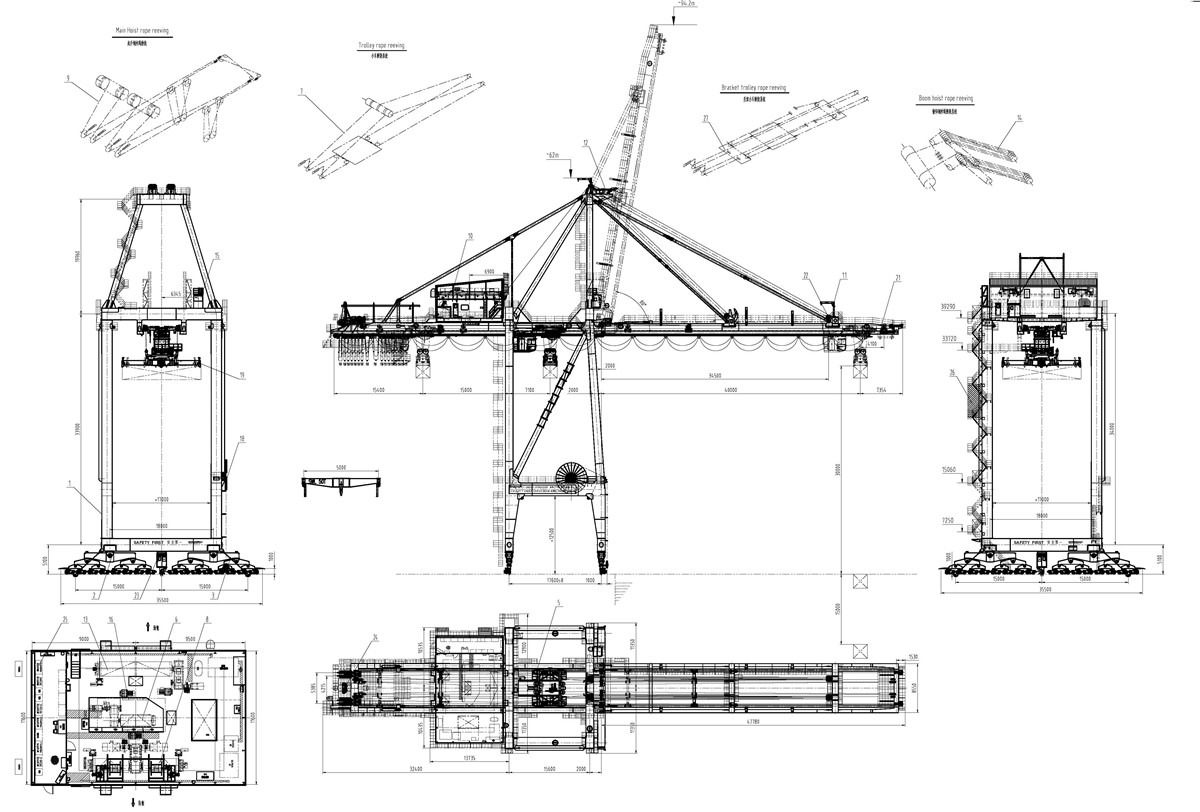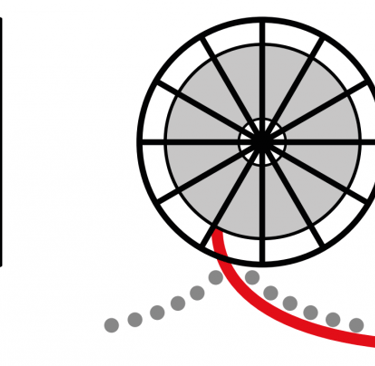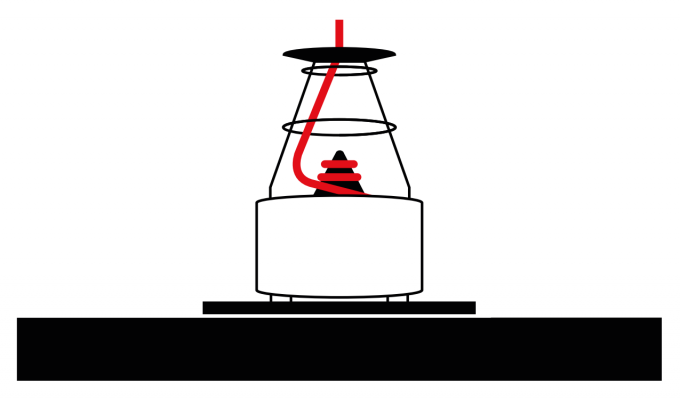📞+86 153 7530 2641 📧 hongjing.Wang@feichuncables.com
Keeping Port Cranes Safe and Efficient: A Practical Guide to Spreader Cable Maintenance and Replacement
Discover essential techniques for maintaining and replacing port crane spreader cables in Australian ports like Melbourne, Brisbane, and Fremantle. Learn wear detection, cleaning, corrosion prevention, tension management, and replacement strategies to ensure safety, reduce downtime, and extend equipment life.
hongjing.Wang@Feichun
7/4/20256 min read


Introduction
In the fast-paced world of Australian ports, where cranes lift and place containers weighing dozens of tonnes with precision, spreader cables are the unsung heroes ensuring seamless operations. From the Port of Melbourne, Australia’s largest container hub handling over 3.3 million TEUs annually, to bustling terminals in Brisbane and Fremantle, these cables are critical for safe and efficient cargo handling. However, neglecting their maintenance can lead to catastrophic failures, risking cargo damage, personal injury, and costly downtime.
This guide provides a systematic and practical approach to maintaining and replacing spreader cables, drawing on insights from industry leaders like Feichun Cables. By addressing wear detection, cleaning, corrosion prevention, tension management, and replacement strategies, we aim to help port operators keep cranes safe and operations running smoothly. Whether you’re managing a terminal in Sydney or Port Hedland, this guide offers actionable steps to enhance safety and efficiency.
Why Spreader Cables Matter
Spreader cables are the lifeline of port cranes, enabling the lifting and lowering of containers that can weigh up to 40 tonnes. In high-throughput ports like Melbourne, these cables endure thousands of lifting cycles daily, facing intense mechanical stress and exposure to harsh coastal conditions—salt spray, UV radiation, and oil contamination. A single cable failure can lead to dropped containers, causing significant damage, injuries, or even fatalities, alongside economic losses from downtime and legal liabilities.
Preventive maintenance is not just about extending equipment life; it’s a critical safety responsibility. Regular care and timely replacement of spreader cables, such as Feichun’s Type (N)TSKCGEWÖU with Kevlar reinforcement, ensure reliable performance, reduce risks, and comply with standards like AS/NZS2802. By prioritizing maintenance, ports can avoid costly disruptions and uphold their commitment to safety.
Signs of Wear & Damage
Detecting wear and damage early is crucial to prevent cable failure. Here are the key indicators to watch for:
Visible Defects: Look for fraying, kinks, broken wires, or flattened areas. Even a single broken wire signals stress, while multiple breaks indicate the cable is nearing failure.
Reduced Flexibility: Cables that feel stiff or jam during operation may have lost flexibility due to internal wear or corrosion, common in ports like Fremantle with high humidity.
Rust and Corrosion: Salt spray in coastal ports like Brisbane can cause rust, salt stains, or water marks, weakening the cable’s structure.
Unusual Sounds: Squeaking, grinding, or friction noises during operation suggest internal damage or improper tension, requiring immediate inspection.
Regular visual and tactile inspections, especially in high-usage environments, help catch these issues before they escalate.
Optimize Maintenance Best Practices
To keep spreader cables in top condition, follow these best practices:
Regular Inspections:
Conduct daily visual checks for high-usage cranes, supplemented by monthly tactile inspections to feel for irregularities.
Establish a frequency-based inspection schedule, tailored to the crane’s lifting cycles (e.g., every 10,000 cycles for heavy-duty operations).
Assign responsibility to trained personnel and track inspections to ensure accountability.
Lubrication:
Use manufacturer-recommended lubricants to reduce wear, avoiding types that attract dust or debris, which can accelerate abrasion.
In wet environments like Port Hedland, opt for water-resistant lubricants to protect against moisture ingress.
Cleaning:
Use specialized cleaning agents to remove salt, oil, and dirt, particularly in corrosive marine environments. Avoid harsh chemicals that could damage the cable’s sheath.
Regular cleaning prevents buildup that leads to corrosion, extending cable life.
Tension Verification:
Check and adjust cable tension using tension meters to stay within manufacturer-specified ranges (e.g., 1,500–2,250 N for Feichun cables).
Over-tensioning causes premature wear, while under-tensioning leads to slippage and operational inefficiencies.
Maintenance Record Archiving:
Maintain detailed digital logs of inspections, lubrication, cleaning, and tension checks. Software tools can schedule maintenance and analyze trends.
Records ensure compliance with standards like AS/NZS1747 and aid in predicting replacement needs.


Cable Replacement Timing and Strategy
Knowing when to replace spreader cables is critical to prevent failures:
Manufacturer’s Recommendations: Follow guidelines based on the cable’s design and expected usage, typically specified in lifting cycles (e.g., 100,000 cycles) or time (e.g., 5 years).
Operational Cycles: Track the number of lifting and lowering cycles using crane monitoring systems. High-throughput ports like Melbourne may require more frequent replacements.
Significant Wear or Damage: Replace cables immediately if inspections reveal multiple broken wires, severe corrosion, or performance degradation, as these pose safety risks.
Performance Abnormalities: Slow crane operation, increased noise, or difficulty in lifting indicate potential cable issues, necessitating inspection and possible replacement.
Selection Guide for Replacement Cable
Choosing the right replacement cable ensures long-term reliability:
Material Requirements:
Opt for stainless steel or cables with anti-corrosion coatings for marine environments like Fremantle, where salt spray is prevalent.
Feichun’s Type (N)TSKCGEWÖU, with Kevlar reinforcement, offers enhanced durability and corrosion resistance.
Structural Configuration:
7x19 Construction: Balances flexibility and strength, ideal for dynamic applications like STS cranes, with 7 strands of 19 wires each.
1x19 Construction: Offers higher strength but less flexibility, suitable for heavy loads with minimal bending, such as in certain spreader systems.
Brand and Customization:
Choose reputable manufacturers with certifications like AS/NZS2802, VDE, or CE. Feichun Cables offers customized solutions, including integrated optical fibers for data or enhanced tensile strength for heavy-duty cranes.
Replacement Procedures & Safety
Replacing spreader cables requires careful planning and adherence to safety protocols:
Plan the Replacement:
Schedule during planned maintenance to minimize downtime, ensuring all tools and the new cable are ready.
Implement safety isolation or lockout/tagout procedures to prevent accidental crane operation.
Standardized Procedures:
Remove Old Cable: Carefully detach, noting any wear for future reference.
Inspect Tensioning System: Check pulleys and reels for damage before installing the new cable.
Install New Cable: Follow manufacturer instructions, ensuring proper alignment and tension.
Test Function: Perform load tests and operational checks to verify performance.
Personnel Safety:
Require protective gear, including sleeves, gloves, masks, and safety shoes, to prevent injuries during replacement.
Ensure trained personnel handle the process to avoid errors.
Record Keeping:
Document the replacement process, including cable specifications, installation date, and test results, for compliance and future reference.




Questions and Answers: Addressing Potential Cable Problems
Q1: What happens if spreader cables aren’t maintained regularly?
Neglecting maintenance can lead to undetected wear, such as broken wires or corrosion, increasing the risk of cable failure. This could cause dropped containers, injuries, and downtime costing thousands per hour in ports like Melbourne.
Q2: How can I tell if a cable needs immediate replacement?
Look for multiple broken wires, severe corrosion, or performance issues like slow operation or unusual noises. If more than 10% of wires are damaged, replace the cable immediately to avoid safety risks.
Q3: What are the risks of improper tension in spreader cables?
Over-tensioning causes premature wear, while under-tensioning leads to slippage, reducing crane efficiency and risking accidents. Regular tension checks using meters prevent these issues.
Q4: How does corrosion affect cables in ports like Fremantle?
Salt spray and humidity accelerate rust, weakening cables. Using stainless steel or coated cables, like Feichun’s Type (N)TSKCGEWÖU, and regular cleaning mitigate corrosion risks.
Q5: Can any lubricant be used for spreader cables?
No, use manufacturer-recommended lubricants to avoid attracting dust or debris. Water-resistant lubricants are ideal for wet environments like Port Hedland.
Q6: What are the consequences of delayed cable replacement?
Delayed replacement risks sudden failure, leading to dropped containers, injuries, and costly downtime. Proactive replacement based on cycle counts or wear signs prevents these issues.
Q7: How can maintenance records improve port operations?
Detailed records enable trend analysis, predict replacement needs, and ensure compliance with standards like AS/NZS1747, reducing unexpected failures and optimizing budgets.
Conclusion
Regular maintenance and timely replacement of port crane spreader cables are critical for ensuring safety and efficiency in Australian ports like Melbourne, Brisbane, and Fremantle. By adhering to the four pillars—inspection, cleaning, tension management, and record-keeping—port operators can prevent failures, reduce downtime, and extend equipment life. Choosing high-quality cables, such as Feichun’s Kevlar-reinforced Type (N)TSKCGEWÖU, and partnering with reputable manufacturers for customized solutions further enhances reliability. Port operators are encouraged to establish standard procedures and consult professionals to optimize crane performance and safeguard their operations.
How to Reach Us
Get in Touch
SiteMap
Product Catalogue
Reeling Cable
Festoon Cable
Shore Power Cable




Scan to add us on WeChat
